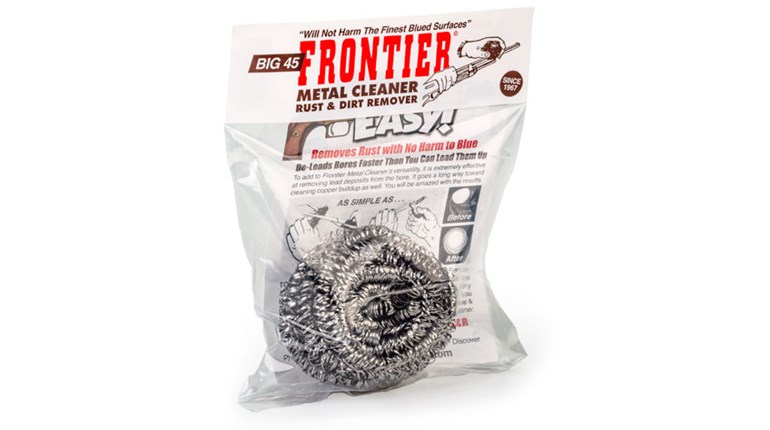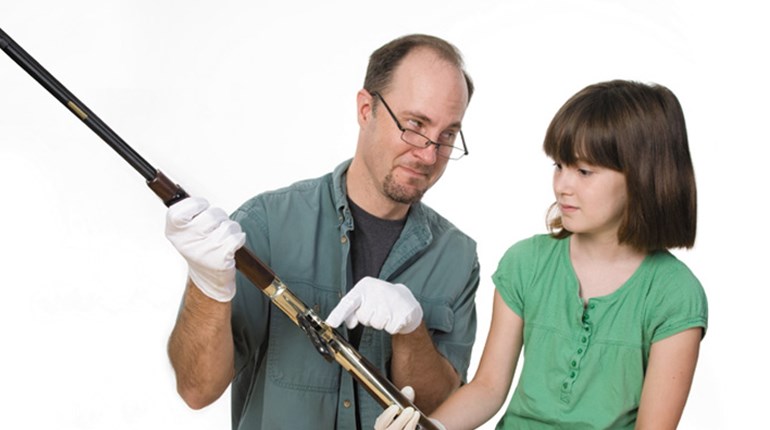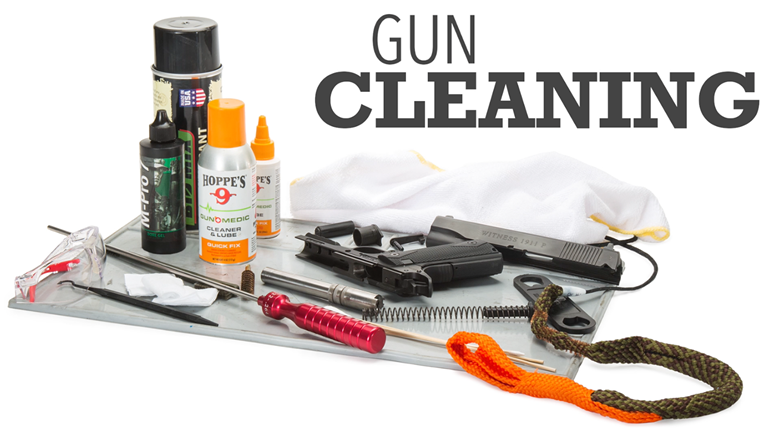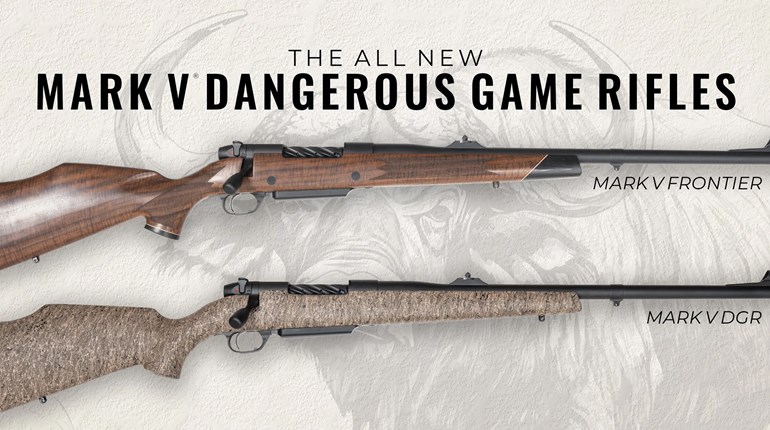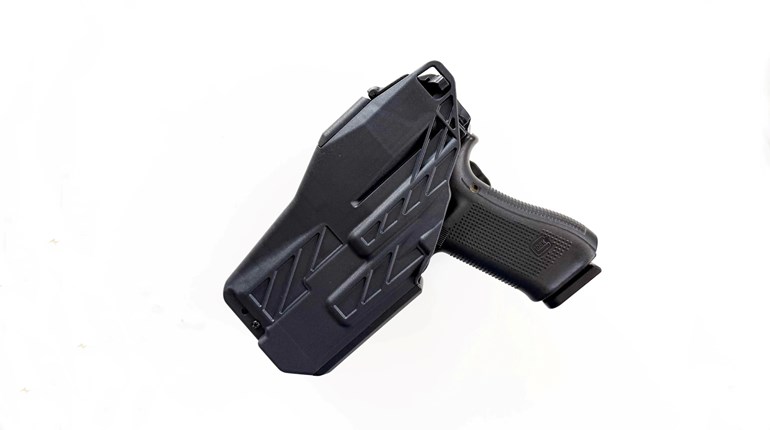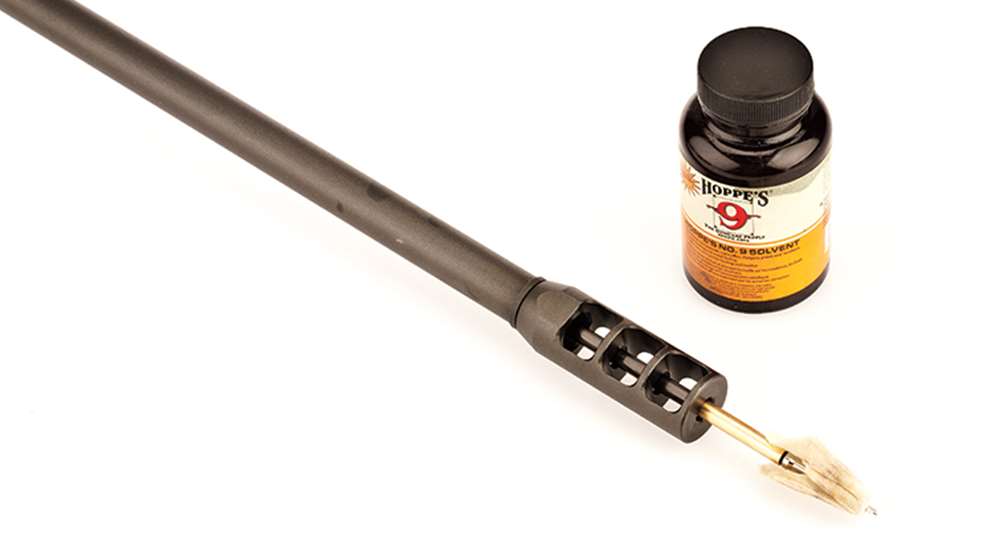
My own dad dabbled only in shotguns when I was very young, but somehow he knew just what to pass on when I got my first .22 LR, ensuring a rifle-cleaning kit accompanied the old gun to its new home. Fortunately, his steerage didn’t end at the cash register. He also coached me through my first gun-cleaning session after we test fired in a field behind the gunshop. I remember he specifically stressed making sure the inside of the barrel was kept clean and oiled. I had only used airguns up to that point, so bore maintenance was unknown to me. Such are the lessons that stick with us through life.
Aside from ensuring our firearms function safely and reliably, good bore maintenance helps to maximize barrel life and preserve potential accuracy. The needed frequency of cleaning depends on many factors, including volume of fire, ammunition types, the specific chambering and the shooting environment. Under normal conditions, most standard-pressure ammunition will allow you to shoot through an entire session without having to stop for cleaning. High-pressure chamberings, however, are hard on a barrel’s throat, and certain propellants foul a bore faster than others, so stopping to clean periodically may be necessary. Salty air, high humidity, freezing rain or blowing sand will also increase the need for frequent cleaning. Whatever your situation or particular conditions, a consistent bore-cleaning methodology can help squeeze the best performance out of your long arms while preserving your barrels to fire for many more days to come.
The inner surface of a well-made and properly broken-in (or lapped) barrel will be relatively smooth, minimizing the amount of copper jacket the grooves strip off each projectile. Rifling types with smoother transitions from land to groove (such as polygonal and Enfield-style rifling) tend to further reduce fouling from jacket materials when compared to barrels with traditional, sharper angles. Even so, all bores foul to some degree during firing, and failure to remove the resulting deposits eventually results in the buildup of an accuracy-destroying “false bore” that is difficult to remove. Cleaning methodologies vary widely, and while there is no specific “right” way to clean a barrel, there are plenty of wrong ones. The following tips helped me nurse my sniper rifles along for many years of faithful service and continue to be part of my bore-cleaning protocol. They apply to rifle cleaning after shooting gilded metal, copper-jacketed or solid-alloy bullets. If these recommendations go against your own successful methods, stick with what you know.
• Ensure you follow the safety warnings and directions on any product labels to avoid injury or damage to you or your firearm. Proper eye protection and ventilation are recommended when using solvents.
• Bore guides are recommended for any actions—typically bolt-guns and semi-automatics—that accept them. A properly fitted guide will help keep cleaning rods centered.
• A one-piece aluminum or carbon-fiber cleaning rod is preferable to a sectional rod. The lip at each sectional rod’s joint can damage the bore or barrel crown, especially if the sections are steel. I avoid steel rods whenever humanly possible.
• Do not use metal cleaning rods that are bent—the bend will rub against the bore, which can cause premature wear.
• Use straight, even strokes, taking care not to force or bend a cleaning rod while pushing and pulling it.
• Use a bronze or synthetic bore brush to carefully clean the bore by making several passes while soaked with a copper bore solvent that is safe for your barrel. Never use a steel bore brush. Hoppe’s No. 9 and Shooter’s Choice solvents are both effective products for removing copper and powder residue.
• Replace bore brushes that become loose-fitting inside the barrel. Some solvents will eat away the bristles, causing them to lose their scrubbing power.
• Cleaning rods (or pull cords) should be wiped after each new round of brushing or patching. Rubber-coated rods/cords need special attention to keep particles from embedding in the coating and contacting the bore.
• Never dip bore brushes in solvent bottles. Either use a squirt bottle or dip the brush in a second container to keep from contaminating the main solvent bottle.
• Take care not to damage the crown or front face of the barrel whenever passing anything through from muzzle to breech. Crown damage can negatively affect accuracy.
• Pointed “stab” jags or knurled “wrap” jags will push a patch through on a single pass and are more effective than traditional eyelets. Use jags made of soft metal or plastic to reduce bore wear and crown damage.
• Allow bore solvent to soak for at least 15 to 20 minutes. If the barrel is still warm from firing, the solvent will generally be more effective.
• Copper and copper-coated bronze brushes will show a false positive indicator of copper fouling in the bore if used with copper solvents. Patch the bore until dry and then use a brass jag to push a solvent-soaked patch through in one direction. Let it soak, then push clean patches through. If the blue-green color continues to show, copper is still in there somewhere.
• Clean the chamber using solvent-soaked patches on a short cleaning rod, followed by clean patches. Chamber maintenance will aid proper function and prolong the life of the throat, which usually wears out before the rest of the bore.
• I use Brownells’ J-B Bore Cleaning Compound whenever my normal cleaning routine fails to remove all fouling. This non-embedding, mildly abrasive paste removes heavy internal crud very effectively when the directions for use and cleanup are followed. I use the J-B product on my accuracy barrels after every 500 rounds and anytime copper fouling plays hard to get.
• Once your rifle’s bore is clean and free of solvent, push a lightly oiled patch through the barrel to protect it during storage. Stainless steel and chrome-lined barrels are much more resistant to corrosion than chrome-moly or chrome-vanadium bores, but they can still corrode. Be sure to remove any excess oil before firing again.
Barrel maintenance is far from exciting and even farther from the actual fun of shooting. However, learning that the barrel of your one-time gnat-killer has suddenly succumbed to the combined effects of round count, physics and neglect is a real bummer. I break-in new barrels on my custom guns every week, but that does not mean I want to rebarrel one of my own rifles anytime soon. A good bore-maintenance routine is the best way to keep your long guns shooting reliably and effectively for many years to come.














